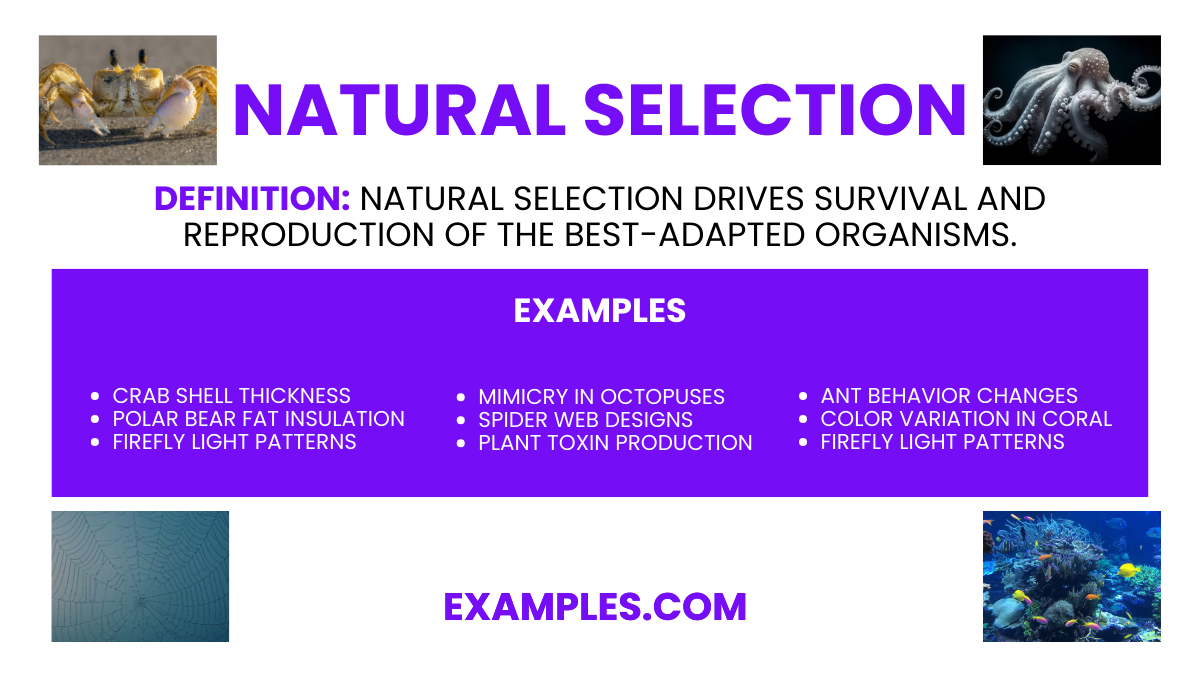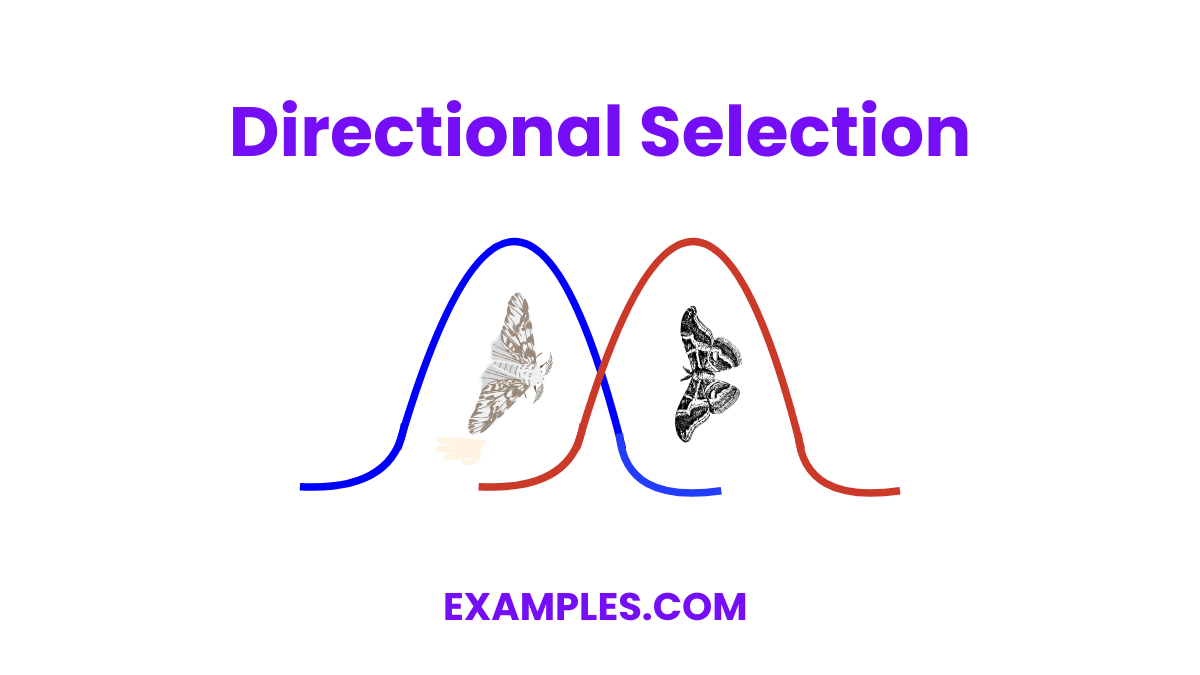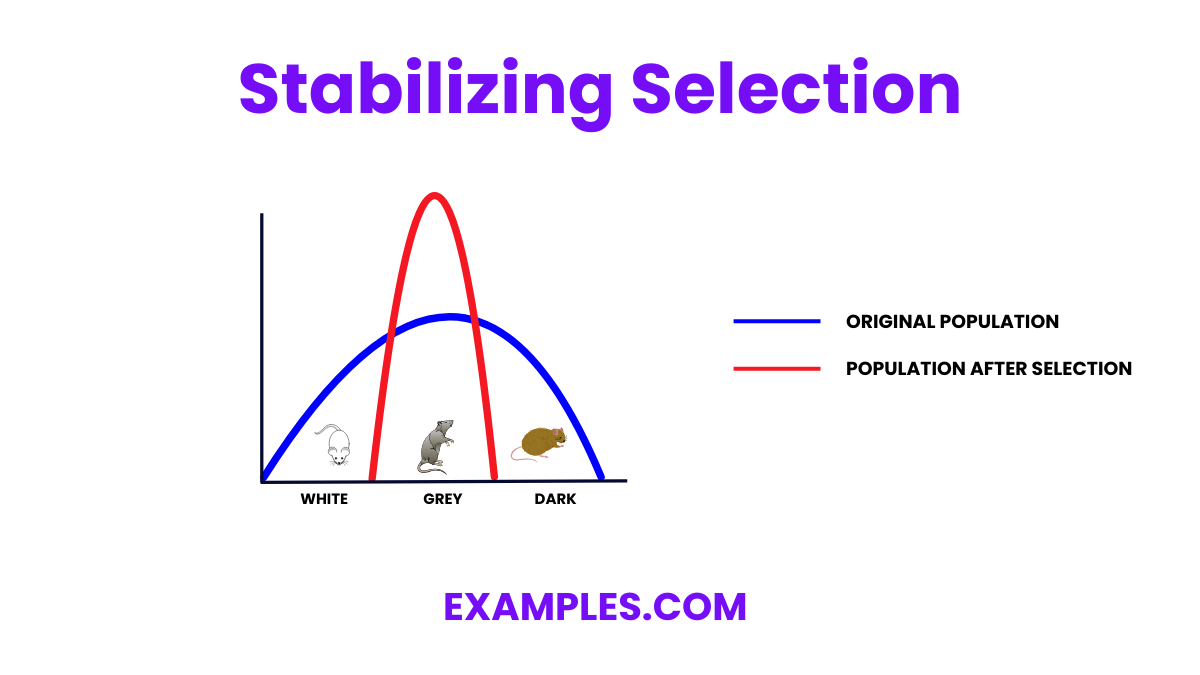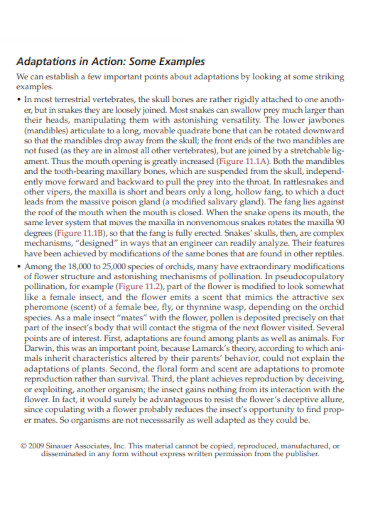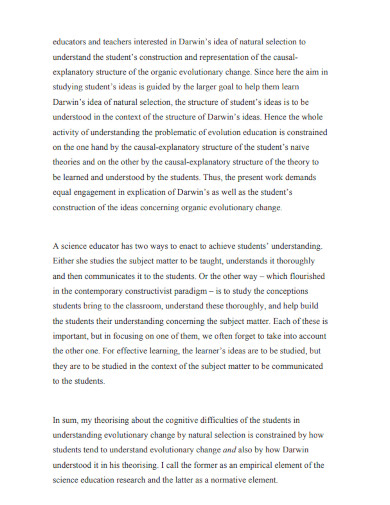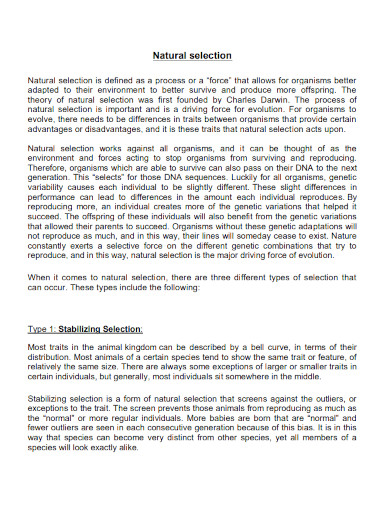What is natural selection?
The process by which humans select traits in animals
The random increase in genetic variation
The process by which organisms better adapted to their environment tend to survive and produce more offspring
The immediate change of species over a few days



